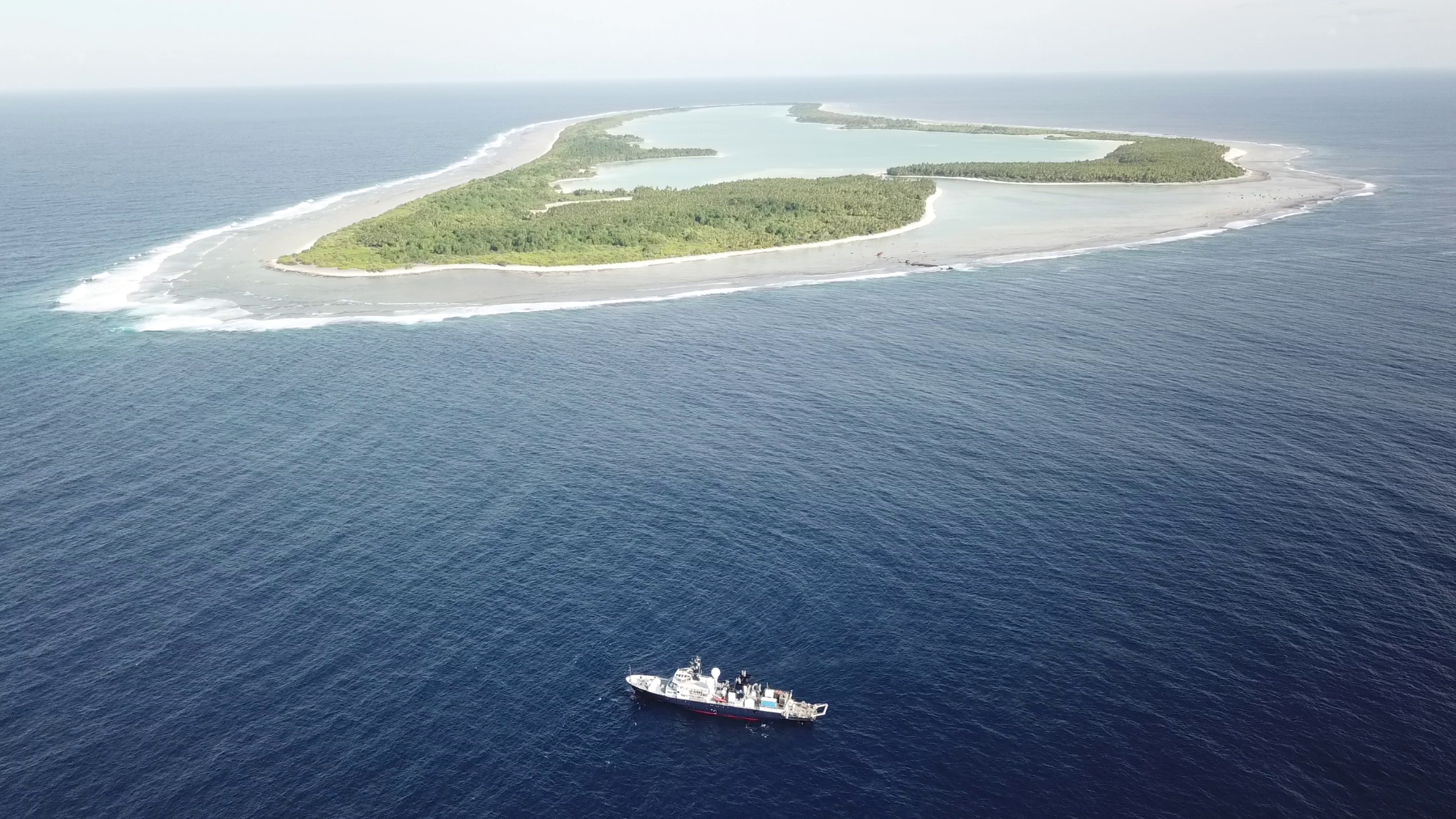One way the mammalian immune system defends against pathogens known and novel is by picking up on common microbial features, such as elements of bacterial cell walls or flagella. But a study published today (March 12) in Science Immunology indicates that this detection system has some blind spots. The authors found that the majority of microbes collected from the depths of the Pacific Ocean are invisible to mammalian immune cells, despite the presence of familiar bacterial cell wall component lipopolysaccharide (LPS).
This work “implies that there’s a lot more potential for a pathogen to escape our immune responses than we had previously thought,” says Christopher LaRock, an immunologist at Emory University School of Medicine who was not involved in the study. The bacterium Yersinia pestis, which causes plague, can modify its LPS, thus escaping immune detection, he adds. “We thought things that weren’t detected were really clever pathogens that had it all figured out . . . but here’s some bacteria that have never seen a human and they can still escape.”
According to Jonathan Kagan, an immunologist at Boston Children’s Hospital, a classic tenet of his field is that the “immune system is designed to sense every single microbe that we will ever encounter, just in case it’s infectious.” But what about those microbes that humans wouldn’t reasonably encounter, say, those deep below the ocean’s surface? Kagan, Boston University marine ecologist Randi Rotjan, and Anna Gauthier, a grad student at Harvard University who shares time between the Kagan and Rotjan labs, set out to find an answer.

The Phoenix Islands Protected Area in Kiribati is a United Nations Educational, Scientific, and Cultural Organization World Heritage site.
SCHMIDT OCEAN INSTITUTE
In 2017, Rotjan and Gauthier spent nearly three weeks aboard the Schmidt Ocean Institute’s research vessel Falkor in the Phoenix Islands Protected Area in Kiribati, a country in the central Pacific Ocean. They used a remote-operated, submersible robot to collect water, coral, sponge, sea star, and sediment samples from different ocean depths, then tried a variety of conditions to grow bacteria found in those samples. They ended up with 117 culturable bacterial species that they brought back to Boston.
The researchers determined that all of the bacteria were gram-negative, meaning they contain LPS in their cell walls, and most were in the genus Mortitella. When the team exposed 50 of the strains to mouse and human macrophages, 80 percent of those microbes escaped detection by mammalian LPS receptors, indicating that the immune system can pick up on only a fraction of the new bacterial species.
“It was a total surprise, but looking back, it kind of makes sense,” says Rotjan. “There’s really no mammalian tissue for these bacteria to interact with, so there’s no pressure for them to coevolve or counter-evolve or really have any evolutionary interaction with us.”
“If you’ve never seen a microbe, you might not have developed a pattern recognition system for it,” agrees Victor Nizet, who studies bacterial pathogenesis at the University of California, San Diego, and was not involved in the work. It indicates that “pattern recognition is more of a local or regional phenomenon related to your own environment . . . and not to all possible environments.”
To determine whether or not the outer surface of the bacteria had some component that facilitated escape from detection, the team exposed mouse and human cells to just the LPS isolated from several of the bacterial strains. The cells were blind to the LPS alone, too, perhaps due to longer side chains on the lipid portion of the molecule.
“It makes you wonder why they have these longer chains. The question is whether they have an evolutionary advantage in terms of fitness and survival,” says Sivapriya Kailasan Vanaja, an immunologist at the University of Connecticut who did not participate in the study. Exploring whether there are organisms in the deep sea that the bacteria can infect and if those hosts have receptors that can sense this type of LPS is one next step, she tells The Scientist.
A.E. Gauthier et al., “Deep-sea microbes as tools to redefine the rules of innate immune pattern recognition,” Sci Immunol, doi:10.1126/sciimmunol.abe0531, 2021.
The Link LonkMarch 13, 2021 at 02:00AM
https://ift.tt/3vlQSd5
Many Deep-Sea Microbes Invisible to Mammalian Immune System - The Scientist
https://ift.tt/2CoSmg4
Sea
/cloudfront-us-east-2.images.arcpublishing.com/reuters/CZF6NULMVVMEXHOP7JK5BSPQUM.jpg)
No comments:
Post a Comment